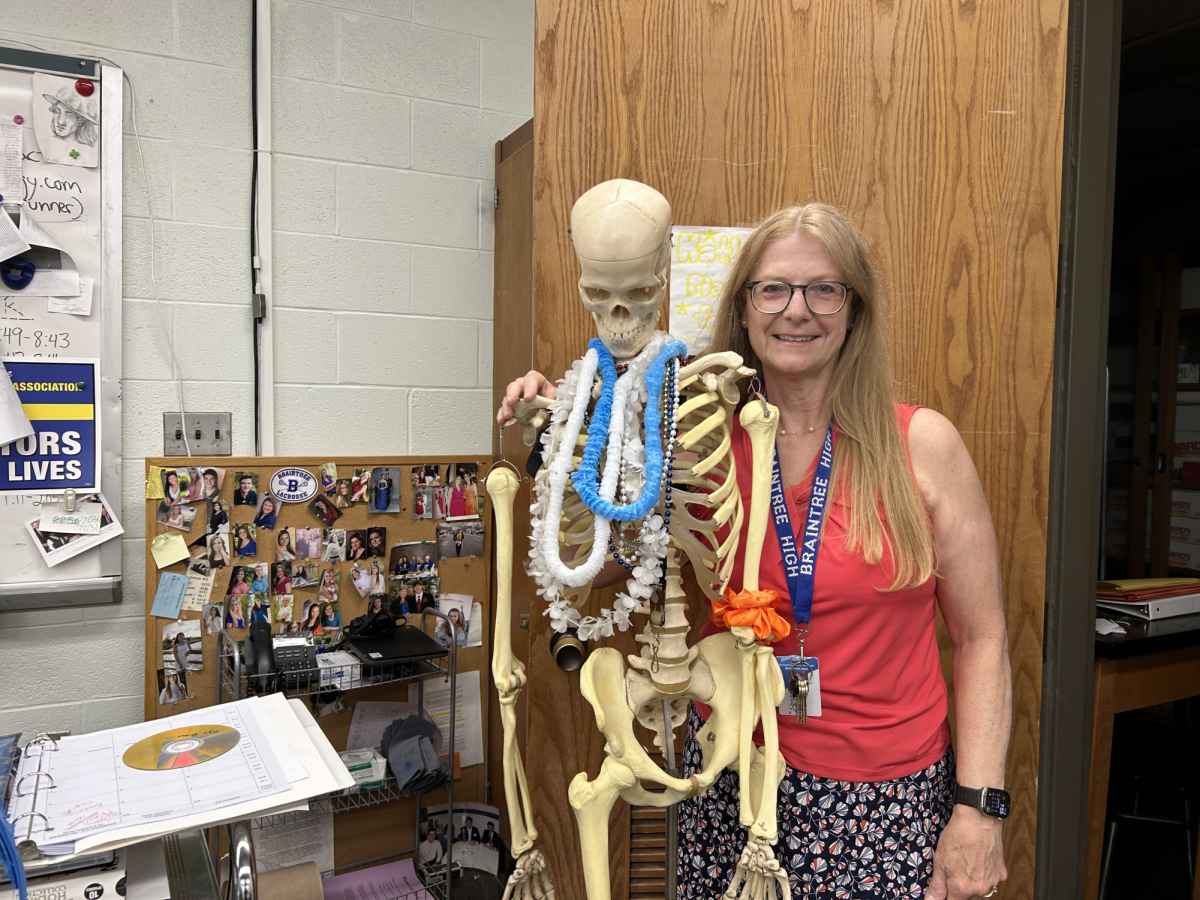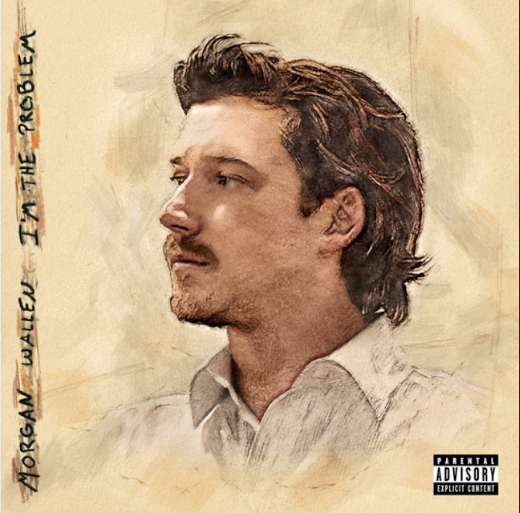Turkeys: Do you really know the bird?

A male wild turkey (Meleagris gallopavo) strutting at Deer Island Open Space Preserve near Novato, Marin County, California
November 23, 2022
Turkeys. You eat ‘em, you love ‘em, you hate ‘em. They get overly priced and get advertised everywhere for one brief month, and then immediately disappear from the social conscience for another year.
But do you even know anything about turkeys other than the fact they’re a bird? Do you even know the country named Turkey?
Well, this document should hopefully help to answer these questions with these fun facts, all on the bird.
Turkeys are large birds that are from the family Phansianidae/Meleagrididae. The two species from this family are the common turkey, which inhabits North America, and the ocellated turkey, which inhabits Central America. Only the common turkey has been domesticated by humans. There are turkey fossils that date 5 million years ago, however.
Then, why are turkeys named “turkey” if they hail from North America?
The name “Turkey” most likely comes from how turkeys usually stopped at Turkish lands on their way to England, leading to an association with the guinea-fowl that are native to Turkey that are also called Turkey-cock.
What about the turkeys themselves, then? Are they cool in any way? Are they unique?
The heads of turkeys change color depending on their emotion! They can also make gobbling noises, although only the male can do so. Turkeys can also swim! They tuck their wings in close, spread their tail, and then start kicking to propel themselves on the water.
One important thing to note is that the turkey that we all eat every Thanksgiving is almost always different from the turkey that roams the wild, as domesticated turkeys have been bred for consumption while wild turkeys have adapted for survival. You can tell domesticated turkeys from wild ones by looking at its tail feathers, as most domesticated turkeys have white-tipped feathers.
With that, I hope that this article has helped you learn just a little bit more about the feathered creatures that we all cherish or hate during Thanksgiving!



























Vinaya • Dec 8, 2022 at 6:10 pm
woahh nigel great job